In Italy, a Day in the Life of Silversea’s S.A.L.T.
On the last day of our Mediterranean cruise aboard Silver Dawn, we’re sitting at the long table under the pergola at chef Peppe Guida’s breathtaking agriturismo Villa Rosa, in the hills 20 minutes from Sorrento. We’re a stone’s throw from Nonna Rosa, his iconic Michelin-starred restaurant. Savoring memories of picking vegetables in the surrounding acres of terraced gardens and cooking with Guida himself, we’re blissfully full of delicious spaghetti and parmigiana and Sorrentine limoncello spritzes, hypnotized by the vista of the Gulf of Naples.
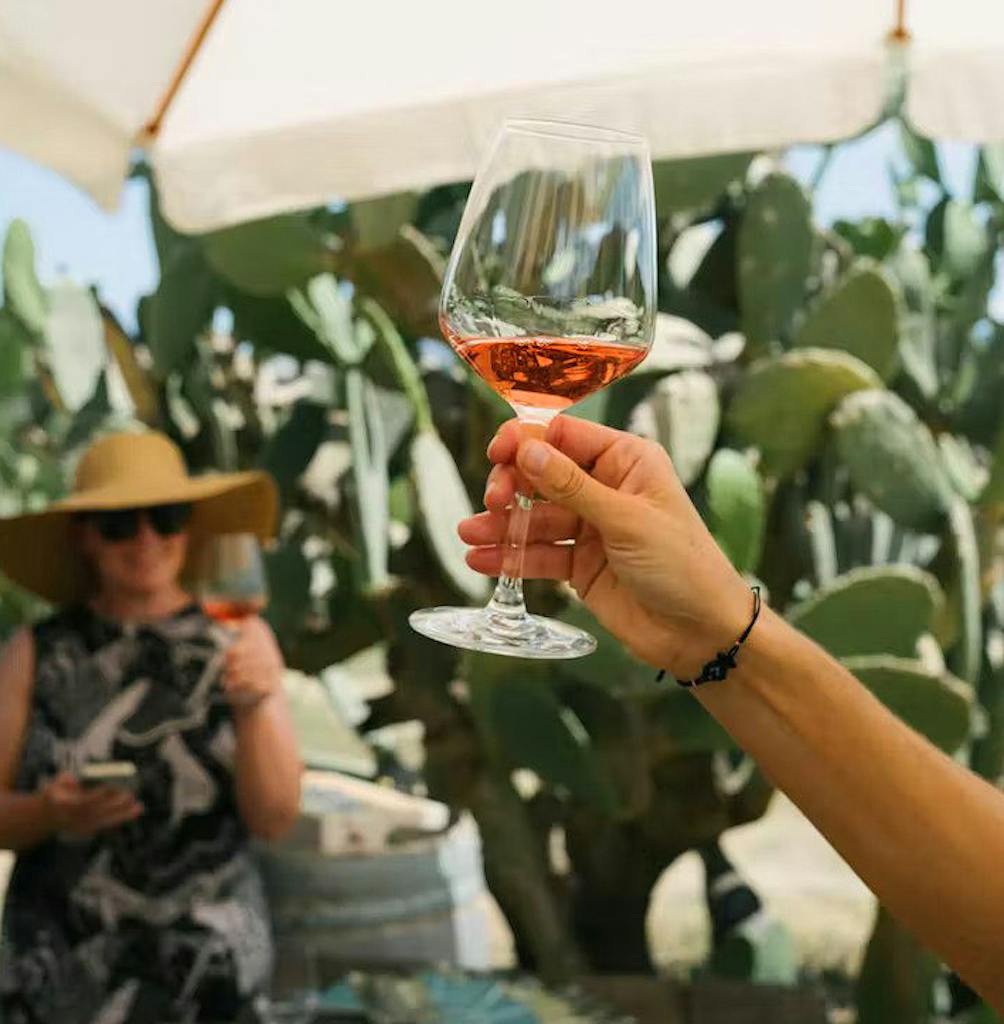
That’s when Maria, a Silversea guest, starts speaking Italian. In a perfect accent she says, “Non dimenticherò mai questa giornata (“I will never forget today.”) For a second the whole table goes quiet. We had no idea this lovely American woman, who hasn’t missed any of our S.A.L.T. (Sea and Land Taste) Experiences’ shore excursions and S.A.L.T. Lab classes and is always taking notes, could speak the language. It turns out Antonella, our guide, knew; she was sitting next to her and during lunch apparently talked her out of her shyness.
In the following minutes we learn that Maria absorbed Italian during four weeks of intensive cooking classes. Now it all makes sense: her dedication, curiosity, knowledge. I’ve come to associate these traits with most guests who make up the S.A.L.T. family. Like the woman who, back home, grows incredible produce and went about Guida’s gardens like a boss, picking 12 kinds of tomatoes and eggplants in all shades of violet, identifying the varieties, explaining their virtues to us. I love seeing how much fun our guests have during our S.A.L.T. shore excursions and also our classes at its Lab, onboard. A few of them have cooking experience, some collect wines, yet my favorites are the daughters who come dragged by their mothers or the husbands who want to show their wives they can step up to the plate.
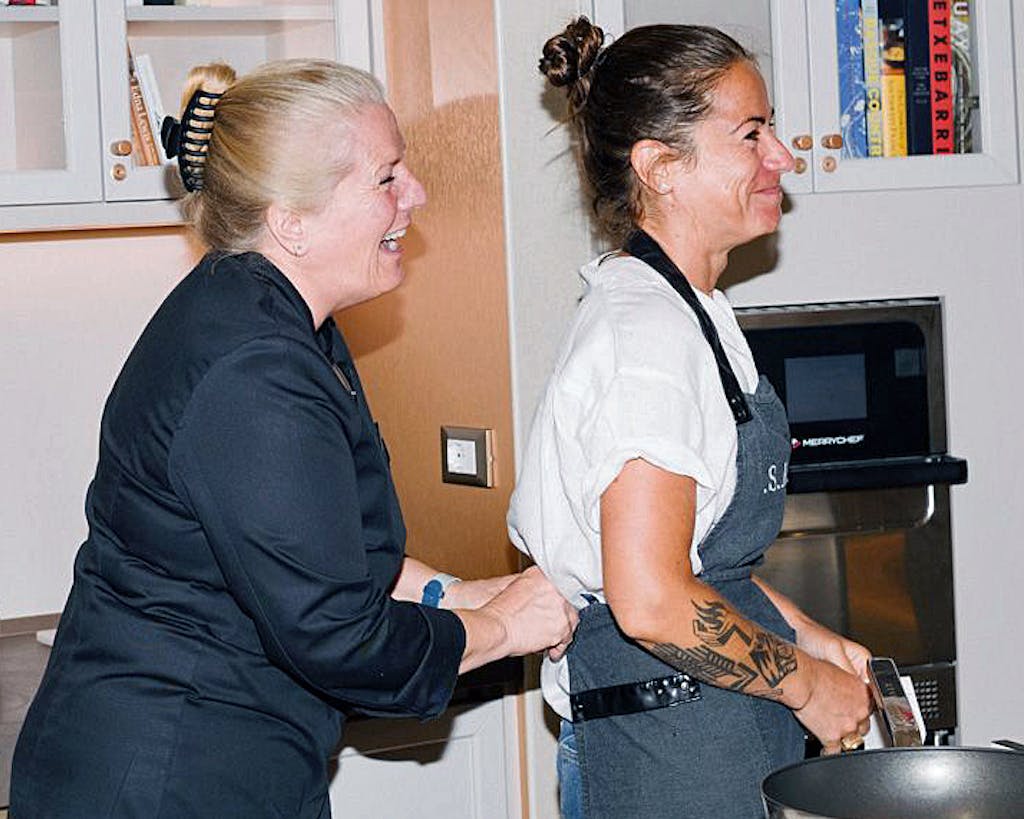
That’s because I love seeing them light up when, at S.A.L.T. Lab or S.A.L.T. Kitchen, the restaurant, they run into a recipe they learned about in one of our shorex; it’s a powerful connection. Then again, connecting the dots of the culinary culture of a place is at the core of S.A.L.T., the immersive culinary program designed by award-winning journalist and former Saveur editor Adam Sachs for Silversea. S.A.L.T. is centered on the idea of making guests feel like locals through a range of highly curated, exclusive shore experiences, some impossible to access if not with us, including having a private lunch tasting with Franco Pepe, the master of pizza himself (have you seen him on Netflix, in Chef’s Table‘s latest season?), hands-on cooking classes and a cocktail and restaurant menu directly referencing the places and cultures visited as we go from port to port.
One of these “aha” moments happens later that day. After returning from Villa Rosa, I’m due to teach an afternoon class with two recipes by Peppe Guida. Four of my students were on his shorex with me just a few hours ago. We’re making eggplant polpette, essentially re-creating the flavors of the eggplant parmigiana we had for lunch, but in fun, meatless meatball form and lighter (all of Guida’s cuisine is an ode to lighter versions of Italian classics) plus another light take on a traditional dish, pasta alla Nerano. “Stanley Tucci made it in one of his episodes!” one of the guests says.
We go on a tangent about Tucci’s show on CNN, when I realize one of his most recent guests, Antonia Klugmann, who is a friend and has a phenomenal Michelin-starred restaurant in Friuli, on the border with Slovenia, also contributed recipes to our classes. Tomorrow we’ll make her Sarde in saor and Baccalà mantecato.
I tell my class and they can barely contain the excitement. I make a point of thanking Erin Montgomery, our culinary instructor (together with Carolina Gomes, with whom she alternates). Tomorrow Erin and David Bilsland, who oversees the culinary program, will go out at dawn to buy sardines at the market so we can make our Sarde in saor with the freshest ingredients. With S.A.L.T., everything – and everybody – is part of a larger picture.
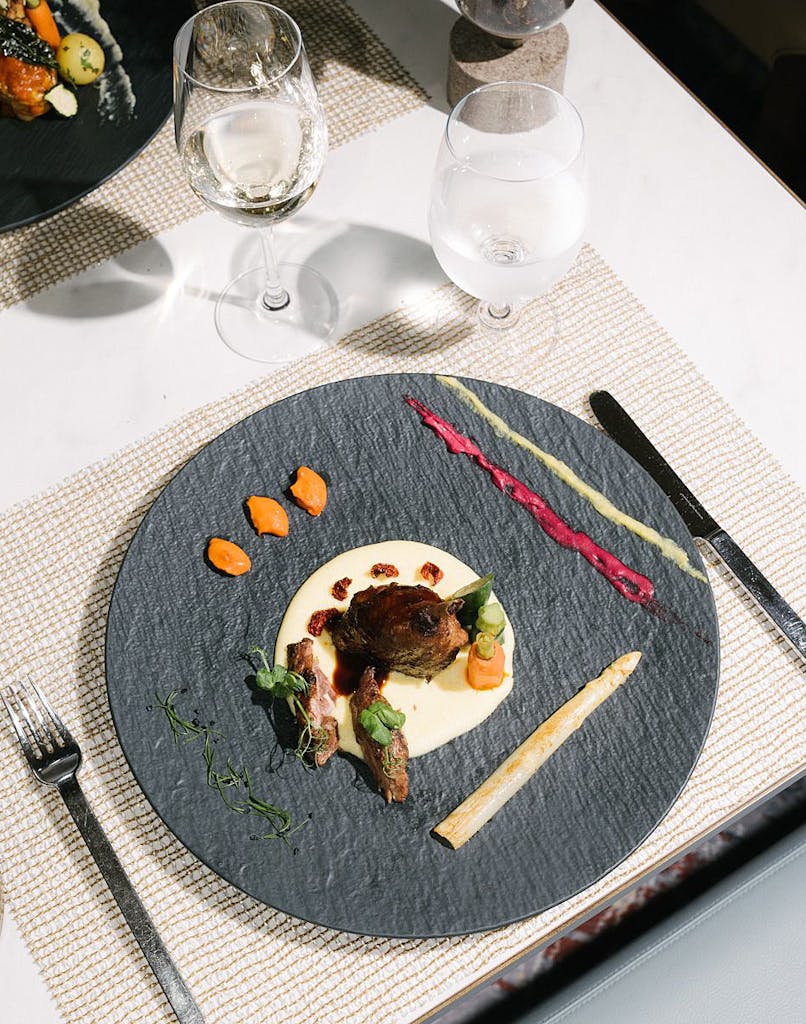
A few nights later I’m at S.A.L.T. Kitchen, sitting at “my table” all the way at the back. I sit there so I can steal bits of conversation with the floor staff, whose station is a few feet away: They’re full of useful information and always eager to ask me about dishes and products. The restaurant’s menu is divided into a local one, changing almost daily to reflect the cuisine of the current port, and a regional one, a sort of “greatest hits” combining some of the best dishes from the route covered (in this case, the Mediterranean.)
On this day we were in Bari, and on the local menu I spotted Orecchiette con cime di rapa and Tiella riso, patate e cozze. I make a mental note to ask the head chef to reserve some orecchiette for our S.A.L.T. Lab class the next day. I smile to myself; one of the recipes we’ll cook will be a bridge between the Orecchiette (fresh ear-shaped pasta with spicy broccoli rabe) and the Tiella, a baked casserole of rice and mussels that used to be a favorite of Pugliese farmers for their lunch in the fields.
For my class we’re going to make baked orecchiette, with gooey caciocavallo cheese. Guests of the Lab classes love learning why it’s called “caciocavallo,” by the way: It’s because of the way it’s hung to dry and age, in pairs tied around their heads, strung over a wooden beam. They also love to hear me pronounce difficult Italian names. They get a kick out of culurgiones, the name of a typical braided Sardinian dumpling.
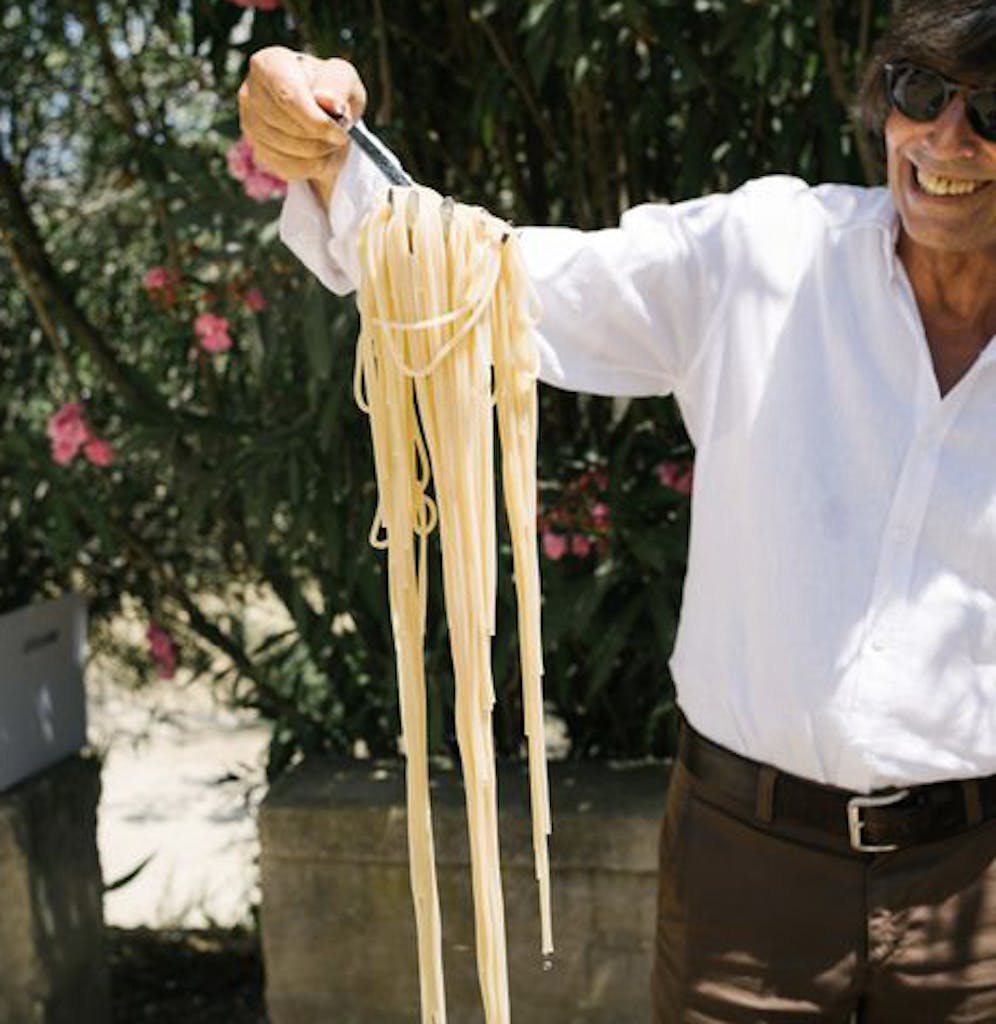
One of the stories I like telling the most is about Sicilian cuisine, how it combines the high and low, the cuisine of the royal courts and that of the humblest households. Sure, this is true for all of Italian cuisine (I explain this and much more during “The New Cucina Italiana” series of lectures I hold on board,) but Sicilian cuisine is especially layered, reflecting the many waves of colonization the island hosted over the centuries, because of its position as bridge to the Middle East and Northern Africa. It’s no wonder it’s equally imbued with Arabic influences as well as recipes tracing back to the monsù, the cooks originally employed by the Borbonic courts. One of these recipes is Sarde a beccafico.
There are so many connections in this dish. First, to the monsù. The dish calls for very simple ingredients (sardines, breadcrumbs, oranges, bay leaves, herbs, pine nuts, a bit of sugar) but it’s meant to resemble a dish of roasted beccafico, a fig-pecking small bird (the sardines are rolled with their “tails” sticking up), which used to be hunted and eaten by the Sicilian aristocracy. There is also another connection between this dish, with its distinctive mingling of sweet and savory, and Sarde in saor, also made with sardines, sugar, bay leaves, and pine nuts, plus white wine vinegar (instead of orange juice) and raisins, similar flavors, and a not-too-crazy coincidence. Venice and Trieste (where the Sarde are popular), much like Sicily, were historic routes of commerce – think of all the spices! – and cultural exchange.
We’ve had a chance to taste Sarde a beccafico during our Palermo shorex, at the Sallier de la Tour estate, hosted by the lovely Costanza Chirivino, heir of a noble dynasty, with beautiful wines, delicious artisanal pasta (presented by the lovely couple who makes it with stone ground Sicilian Durum wheat) and some special cannoli.
After a few days on board you make your own rituals. Mine are a late afternoon 10km walk on Deck 10 followed by a stop at the Panorama Lounge, to see the breathtaking sail-off from our port of the day, followed by dinner at S.A.L.T. Kitchen. The S.A.L.T. Bar is where I sometimes reunite with my S.A.L.T. family (It is a family. I still exchange messages with a couple of Scottish pizza enthusiasts who bought Franco Pepe’s book and keep sending me the photos of the recipes they perfectly reproduce from it.)
The Palermo shorex starts in Ballarò, one of Palermo’s historic, most colorful (and rowdiest – check the club music blaring at the vegetable sellers and the stigghiole grillers with their hypnotic singsong calls) markets. The last time we were there, as we were leaving, I heard one of our guests say, “It was like being on a travel TV show!”
I’m thinking again of Peppe Guida and how he pulled a curtain back to reveal his mother Rosa (at 90-plus years of age) sitting in her “office” outside the kitchen, peeling crates of eggplant to preserve in the family’s extra virgin olive oil. I think of the other shorex (in Liguria, Tuscany, Sardinia – you can find a description of our full program here) and classes we have experienced together. Yes, it is like being on a travel TV show, indeed.
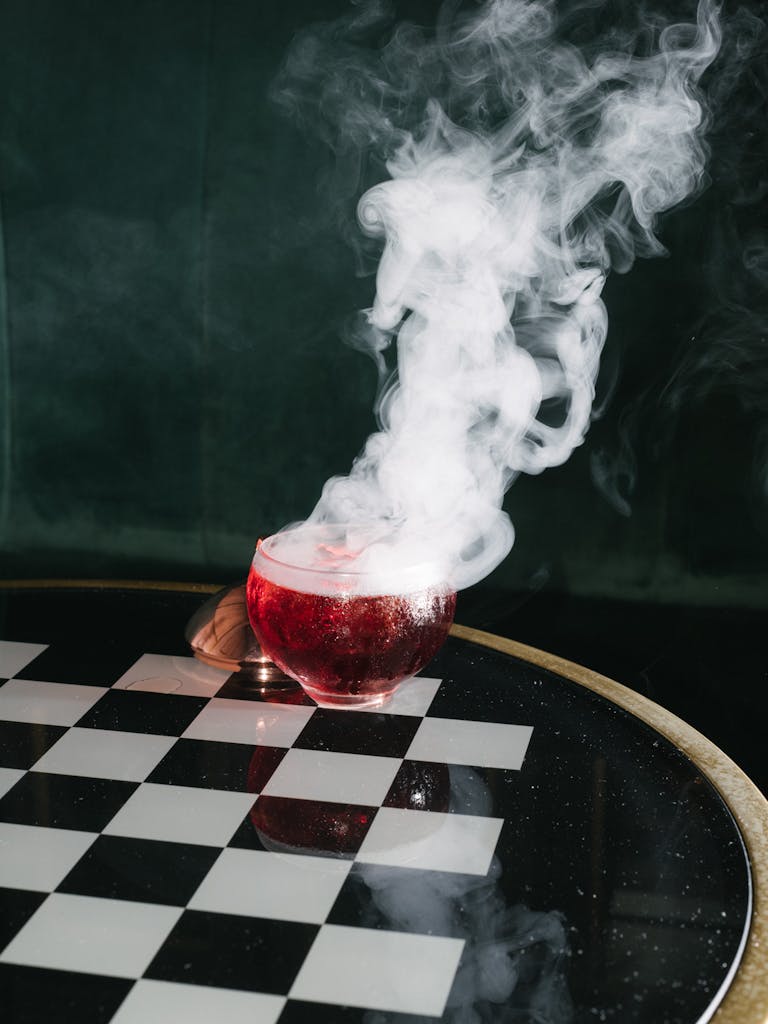
The journey is coming to an end, and it’s time for a toast. After a few days on board, you make your own rituals. Mine are a late afternoon 10km walk on Deck 10 followed by a stop at the Panorama Lounge to see the breathtaking sail-off from our port of the day, followed by dinner at S.A.L.T. Kitchen. The S.A.L.T. Bar is where I sometimes reunite with my S.A.L.T. family. (It is a family. I still exchange messages with a couple of Scottish pizza enthusiasts who bought Franco Pepe’s book and keep sending me the photos of the recipes they perfectly reproduce from it.)
Carlos Algara, the head bartender of this beautifully designed intimate space, has conceived a cocktail list that interweaves the scents and spirits from our journeys. One of the guests who was with me in Sorrento orders a Terra dei Limoni, a zesty, crisp drink blending beautiful citrus from Amalfi and Sicily.
“We come up with hundreds of cocktails, and depending on where we are, we choose six signatures, plus a wine and a beer from the area,” Carlos explains. “We try to find a connection to the drinking culture of a place. Italy has a very strong aperitifs tradition, so we have amaros, vermouths, four different kinds of negronis – as well as its produce.
“It’s a beautiful thing, working with fresh ingredients, but not easy, as this means we must always plan ahead. But we like to keep surprising our guests.”
Only recently did I discover Carlos also is a fan of S.A.L.T. Lab, though he goes there when my class is not in session: The Lab is where he concocts his special infuses and elixirs. “Every morning I go and prepare a reduction,” he says. “Today it was honey, chamomile and apple juice.”
If you have a chance, you should try his basil-infused gin, which he likes to mix with orange and lime. Or his vodka and gin infused for eight hours with olive oil (which is then separated through freezing). “We use those to make dry martinis,” he says. “Our guests love it because, thanks to the olive oil, the alcohol feels super smooth.”
Personally, I I like his Bloody Mary made with three different tomatoes. Three tomatoes, like the ones on Peppe Guida’s spaghetti or on one of Franco Pepe’s sublime pizzas. Everything is connected when you are with S.A.L.T.
